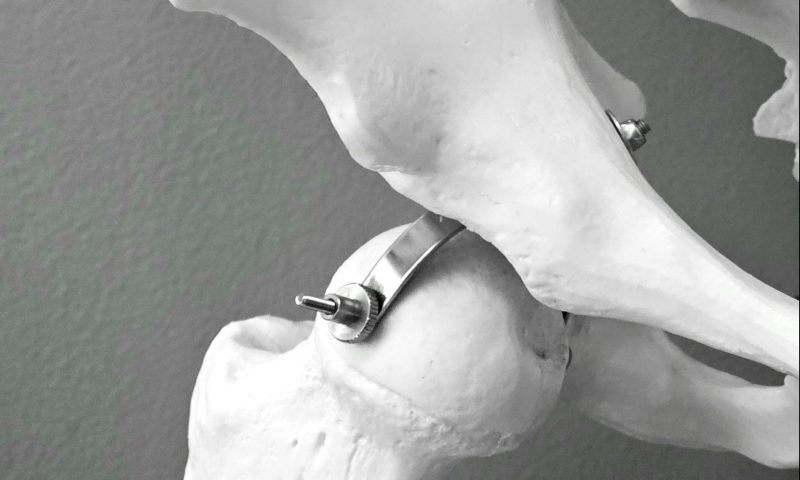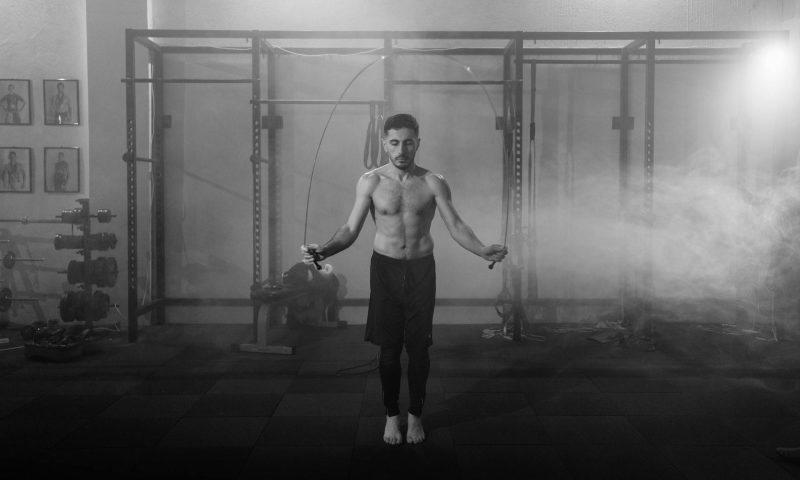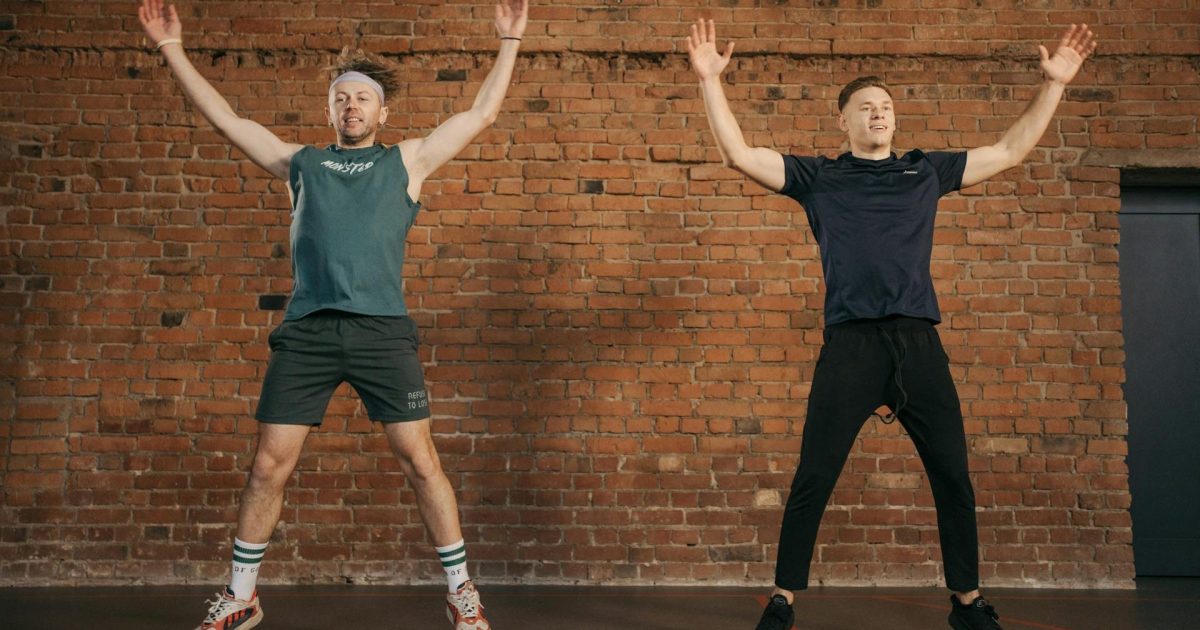When I was a kid, I loved jumping on my trampoline in my back garden and just randomly jumping around like a happy little bunny. Most of us jump less and sit more as we grow into adulthood and the years go by, especially if we work a desk job on the computer. Researchers have found a range of benefits from jumping and rebounding (bouncing on a small one-person trampoline), including boosting muscle strength, balance, endurance, coordination, and quality of life.
In one study, NASA revealed that rebounding is more effective than running because this type of exercise uses gravity to optimize gains while conserving effort. The NASA scientists found that just 10 minutes of rebounding is 68% more efficient than 30 minutes of jogging because it expends less energy and exerts less stress on your joints and cardiovascular system. The rate of oxygen consumption was up to twice as efficient rebounding compared to treadmill running. Personally, I think jumping on a trampoline is way more fun than running on a treadmill. Let’s look at some of the research on jumping for your joints.
The benefits of jumping around

Andrii Zhuk / Unsplash
An interesting study of moderately active osteopenic men showed that:
- After six months of resistance training or jump training, both the whole body and lumbar spine bone mineral density significantly increased. This increase in bone mineral density was maintained at 12 months, showing more lasting effects.
- Osteocalcin significantly increased after 12 months of resistance training or jumping exercise. Osteocalcin plays a crucial role in the formation and mineralization of bone and binds to calcium and phosphate ions.
The researchers pointed out that both resistance training and jumping exercises are safe and feasible, even for those with osteopenia.
What is osteopenia?

Magda Ehlers / Pexels
Osteopenia is a condition where the bone mineral density is below normal, but it isn’t low enough to warrant a diagnosis of osteoporosis. In a way, osteopenia is the warning zone before osteoporosis develops. Osteoporosis is the more severe form of bone loss.
Can jumping help to relieve pain?

Pavel Danilyuk / Pexels
Interestingly, this same study also revealed that jumping exercises or resistance training sessions could help with pain and tiredness. The pain and fatigue ratings dropped following six and 12 months of resistance training and jumping exercise sessions.
